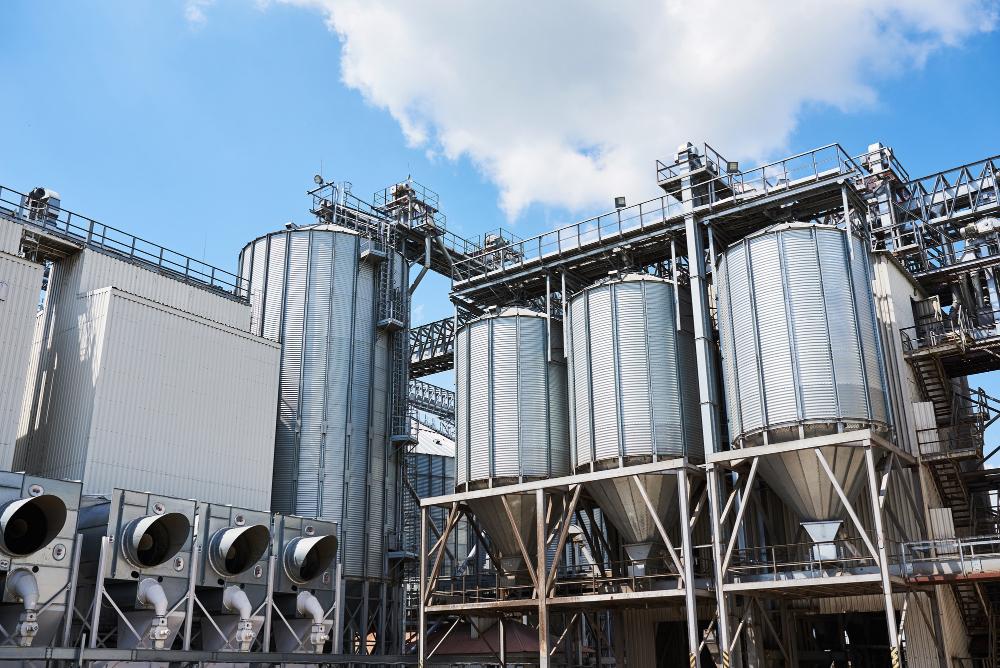How to Select Right Slurry Pump for Your Mining Operation?
In the world of mining operations, where efficiency and productivity reign supreme, the significance of choosing the right slurry pump cannot be overstated. The selection of an appropriate slurry pump isn't merely a matter of preference; it is a decision that can profoundly affect the very core of mining activities. Explore the critical importance of making the correct choice when it comes to slurry pumps and the far-reaching impacts this decision can have on the overall success and profitability of mining operations. Whether you are a seasoned mining professional seeking to optimize your processes or a newcomer navigating the complexities of this industry, understanding the crucial role of slurry pump selection is a fundamental step towards achieving operational excellence. Understanding Slurry Pumps Slurry pumps are specialized type of AODD pumps designed to efficiently move a mixture of solids (such as minerals, sand, or gravel) suspended in a liquid (typically water or a chemical solution). This abrasive and often abrasive mix, known as slurry, can be incredibly dense and challenging to transport using standard pumps. The primary purpose of slurry pumps is to facilitate the movement of these heavy and abrasive slurries from one point to another within mining, mineral processing and other industries. Whether it's transferring ore, tailings, or processing materials in various stages of production, slurry pumps ensure a reliable and consistent flow, contributing significantly to operational efficiency and productivity. They are engineered to withstand the harsh conditions and high-wear environments commonly found in mining operations, making them indispensable tools for handling slurries effectively. Assessing Your Mining Operation Identifying the specific needs of your mining operation is a foundational step in the process of selecting the right high pressure slurry pump. To make an informed choice, it's essential to gain a comprehensive understanding of the unique requirements and objectives of your mining venture. Firstly, consider the nature of the minerals or materials you're extracting; different substances may necessitate distinct slurry pump specifications due to variations in particle size, [...]





Get Social